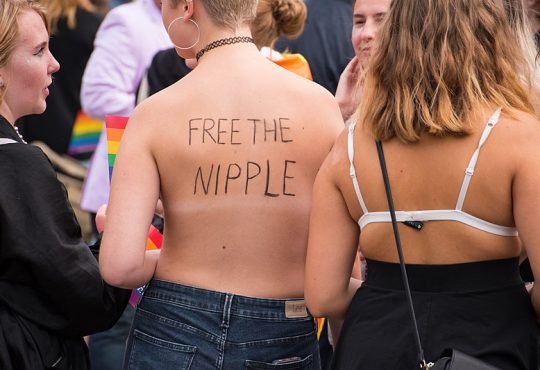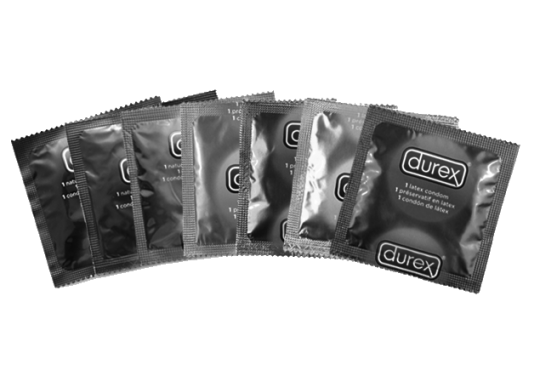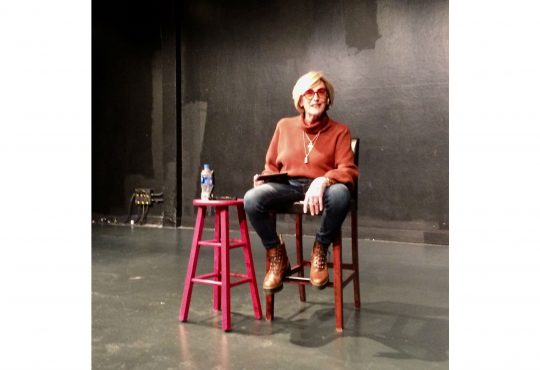Earlier this month, tech giant Facebook changed how its users are able to identify in terms of their gender. As of Feb. 13, users in the U.S. are now able to identify as one of 58 various options including the traditionally used male and female.
Some of the most recent examples include identities such as Cis, Trans*, Genderqueer, Pangender and Twospirit. Users are also now able to select which pronouns they wish to use. This means that instead of the typical ‘he’ or ‘she’, people can now be referred to as ‘they’.
The option to select one’s own gender identifier and set of pronouns does not heavily impact the wider crowd of Facebook users. It does, however, give a marginalized group in our society a recognized status within the world of social media.
It makes those who are pushed to the borders of our social system recognizable on their own terms. This matters to those who are often forced to opt in to a gender binary system where male and female are the only accepted options. Because of the push for inclusivity and increased agency, it is an important step in our country’s social history.
The move to include other identifiers also creates broader dialogue within communities of people. The change opens up space for individuals to discuss what gender means to them. It also presents the idea of a non-binary system of gender to a group of people who might not be aware of the abundance of different ways to identify.
What’s more is that Facebook users are able to control exactly who can view their gender identification and pronoun settings. This means that users will not have to fear being unwillingly outed by their online activity.
Some might be inclined to question the motives of Facebook in opening these options to users. The move serves to make the web giant an even larger part of people’s lives, and give them access to more finely targeted information about users. In an economy rapidly shifting to information-based trading, this could be viewed as a financially savvy move on Facebook’s part.
The move certainly is in the company’s best financial interests, in that it makes their product more accessible to a broader range of people. I would argue, however, that it is also in the best interest of its users. The two goals are not necessarily incompatible.
“People are going to find a venue to determine themselves by. It [Facebook] can be a powerful tool for self-expression,” Ryan Coleman, a senior Gender Studies minor, said.
Coleman shared his concerns over the fact that the new identification options are found under the drop-down menu ‘other’, while ‘male’ and ‘female’ remain listed on their own. This means that users must deliberately search for their specific identifier and pronoun set, while male and female are presented as primary options.
The increased diversity of options allows for users to create a space through which they can develop and explore their gender identity. Anyone who is exploring their gender has now for the first time a platform that spans almost all social and economic levels.
People wanting to find a group they can identify with can do so with ease. This means that you can connect with different communities online and find validation and solidarity with a larger group, where you may not be able to in your everyday life.





